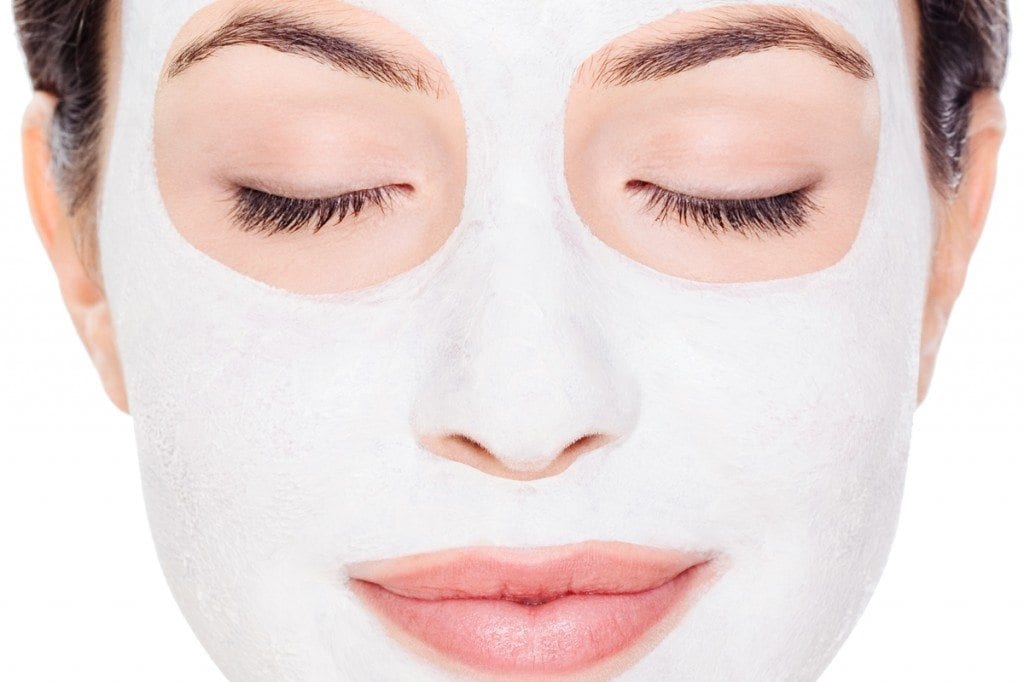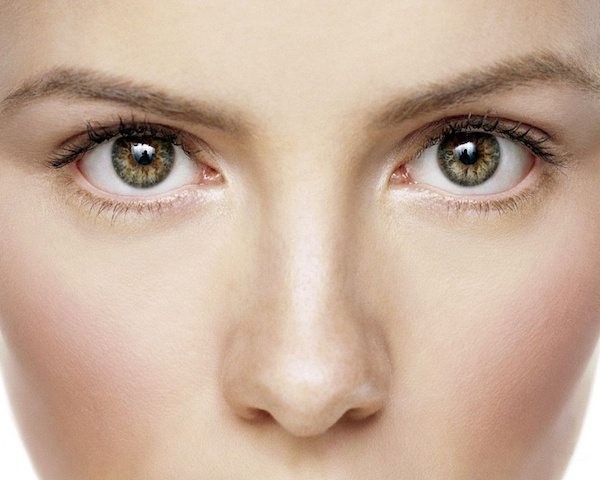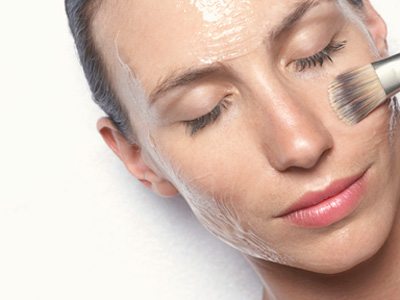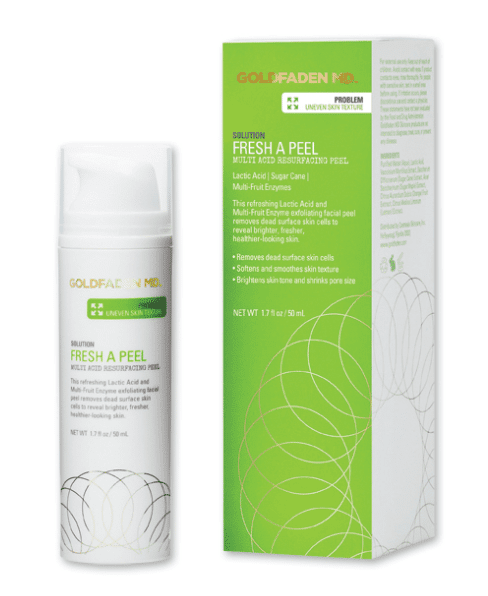The thought of an overnight mask or treatment can be daunting for skincare newbies. How will you look in the morning? Will you actually see a visible difference? And the main question, “I’m supposed to put what on my face?!?” Well fret no more, there are numerous overnight facial treatments, masks and DIY concoctions to choose from.
Overnight treatments are popular and effective because skin rests during sleep and the body performs its biological repair during these wee hours. Being inside your bed, warm and cozy away from environmental stressor such as the sun, wind, high temps or low temps, is also very beneficial. Choosing the correct treatment is important too. The first step is figure out what problem you want to target. Most people have similar concerns, brightening, hydration and anti-aging. Brightening and lightening are good issues to target at night because your skin is not in sunlight, which can stimulate melanin and also causes issues for retinoid users.
When deciding on an overnight cream or treatment look for ingredients like avocado, yogurt, retinol or vitamin c. Avocado(in a DIY mask) or avocado oil are some of the most effective and hydrating natural ingredients around. Retinol, found in WAKE UP CALL is also a favorite ingredient in overnight treatments. Yogurt as an ingredient in a cream or just applied directly on the face is beneficial for lightening and brightening due to it’s high levels of lactic acid. Yogurt is also antibacterial and anti-fungal(both fight acne). Because of the high levels of zinc in yogurt, it offers a cooing effect and is good for sunburns, rashes and some irritation.Then of course there are the anti-aging must haves-Alpha Lipoic Acid, CoQ10 and Glucosamine. When combined these anti-aging powerhouses improve skin’s texture, plump sagging loose skin and help reduce fine lines and wrinkles. Who doesn’t want to wake up looking 10 years younger?
When venturing into DIY, the more natural the better. You always want to do a spot test on your skin when making your treatments and masks just in case there is something that doesn’t agree with your skin. Our favorite DIY masks are the avocado/honey, all over coconut and yogurt and lemon. All over coconut is really an overnight treatment that consists on put raw coconut oil all over your face and sleeping in it. Since coconut oil is anti-microbial, ant-bacterial and anti-viral it will leave your skin clear, supple and hydrated not to mention smelling like a cookie! A yogurt and lemon mask is made to be worn for 10 mins and then removed. Just mix some plain unsweetened greek yogurt with just a tiny squeeze of lemon and mix. The yogurt will brighten and the lemon will help to lighten any existing dark spots or uneven skin tone areas.
The most important thing about overnight treatments and masks is to use them. Ensuring your skin gets enough hydration at night is imperative to waking up with a refreshed glow in the morning.





